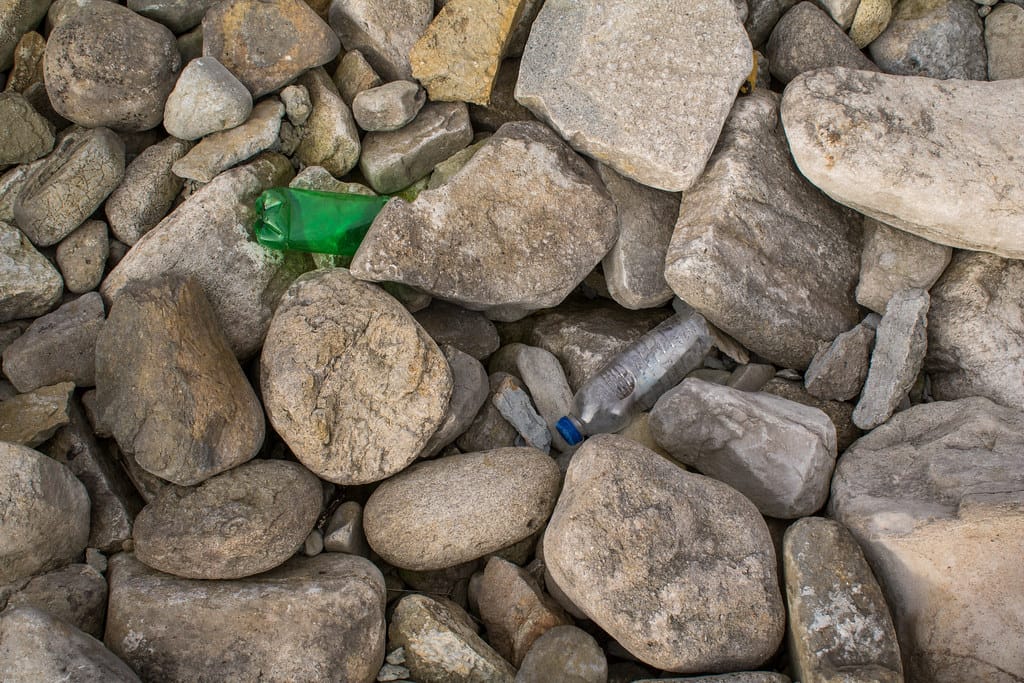The $1.5 Trillion Plastics Crisis: How Microplastics Are Infiltrating Every Stage of Human Life
A groundbreaking new report has revealed the staggering scope of the global plastics crisis, with researchers estimating that plastic pollution is costing the world economy a devastating $1.5 trillion annually while simultaneously threatening human health from birth to death. The comprehensive study exposes how microplastics have become an inescapable part of the human experience, infiltrating our bodies at every life stage and potentially triggering a cascade of health consequences that we're only beginning to understand.
The Silent Invasion: Plastics in Our Bodies
The report's most alarming finding is the pervasive presence of microplastics throughout the human body. These microscopic particles, measuring less than 5 millimeters in diameter, have been detected in:
- Placental tissue - threatening fetal development before birth
- Breast milk - passing plastic contamination to nursing infants
- Blood samples - circulating throughout our cardiovascular systems
- Lung tissue - accumulated through inhalation of airborne particles
- Brain tissue - crossing the blood-brain barrier with unknown consequences
Scientists have identified over 13,000 chemicals associated with plastic production and use, with more than 3,200 of these known to be harmful to human health. The sheer volume of exposure means that avoiding plastic contamination has become virtually impossible in modern society.
Economic Devastation on a Global Scale
The $1.5 trillion price tag represents far more than environmental cleanup costs. This astronomical figure encompasses:
Healthcare Burden
Rising medical expenses linked to plastic-related health issues, including respiratory problems, hormonal disruptions, and potential carcinogenic effects. Healthcare systems worldwide are grappling with increased rates of conditions potentially linked to plastic exposure.
Lost Productivity
Workers suffering from plastic-related health issues contribute to decreased economic output and increased sick leave rates across industries.
Environmental Remediation
Massive investments required for ocean cleanup, landfill management, and ecosystem restoration continue to drain public and private resources.
A Cradle-to-Grave Health Crisis
Infancy and Early Development
Newborns are entering the world already contaminated with microplastics. Research has shown that plastic particles can interfere with normal fetal development, potentially affecting organ formation and neurological development. The presence of plastics in breast milk means that even the most natural form of infant nutrition carries contamination risks.
Childhood Exposure
Children face heightened risks due to their developing immune systems and higher rates of plastic exposure through toys, food packaging, and environmental sources. Studies suggest that early plastic exposure may contribute to rising rates of asthma, allergies, and developmental disorders.
Adult Health Impacts
Adults experience continuous plastic accumulation through dietary sources, with seafood, salt, and even drinking water serving as major contamination vectors. Emerging research links plastic exposure to:
- Cardiovascular disease
- Reproductive health issues
- Immune system dysfunction
- Metabolic disorders
Aging and Accumulation
Older adults carry the highest burden of accumulated plastic particles, representing decades of exposure. This demographic shows increased susceptibility to plastic-related health effects due to compromised immune systems and existing health conditions.
The Path Forward: Urgent Action Required
The report's authors emphasize that addressing this crisis requires immediate, coordinated global action across multiple fronts:
Policy Reform: Governments must implement stricter regulations on plastic production, use, and disposal while investing in sustainable alternatives.
Industry Transformation: Companies need to accelerate the development and adoption of biodegradable materials and circular economy principles.
Consumer Awareness: Public education campaigns must help individuals make informed choices about plastic consumption and disposal.
Research Investment: Continued scientific investigation is essential to fully understand the long-term health implications and develop effective mitigation strategies.
The Bottom Line
The $1.5 trillion plastics crisis represents one of the most pressing public health and environmental challenges of our time. With microplastics now detected at every stage of human life, from the womb to old age, the window for meaningful action is rapidly closing. The economic costs continue to escalate, but the true price—measured in human health and environmental destruction—may prove incalculable.
This crisis demands nothing less than a fundamental reimagining of our relationship with plastic. The choices we make today will determine whether future generations inherit a world where plastic pollution is a manageable challenge or an irreversible catastrophe. The time for half-measures has passed; the plastics crisis requires our immediate, undivided attention.

